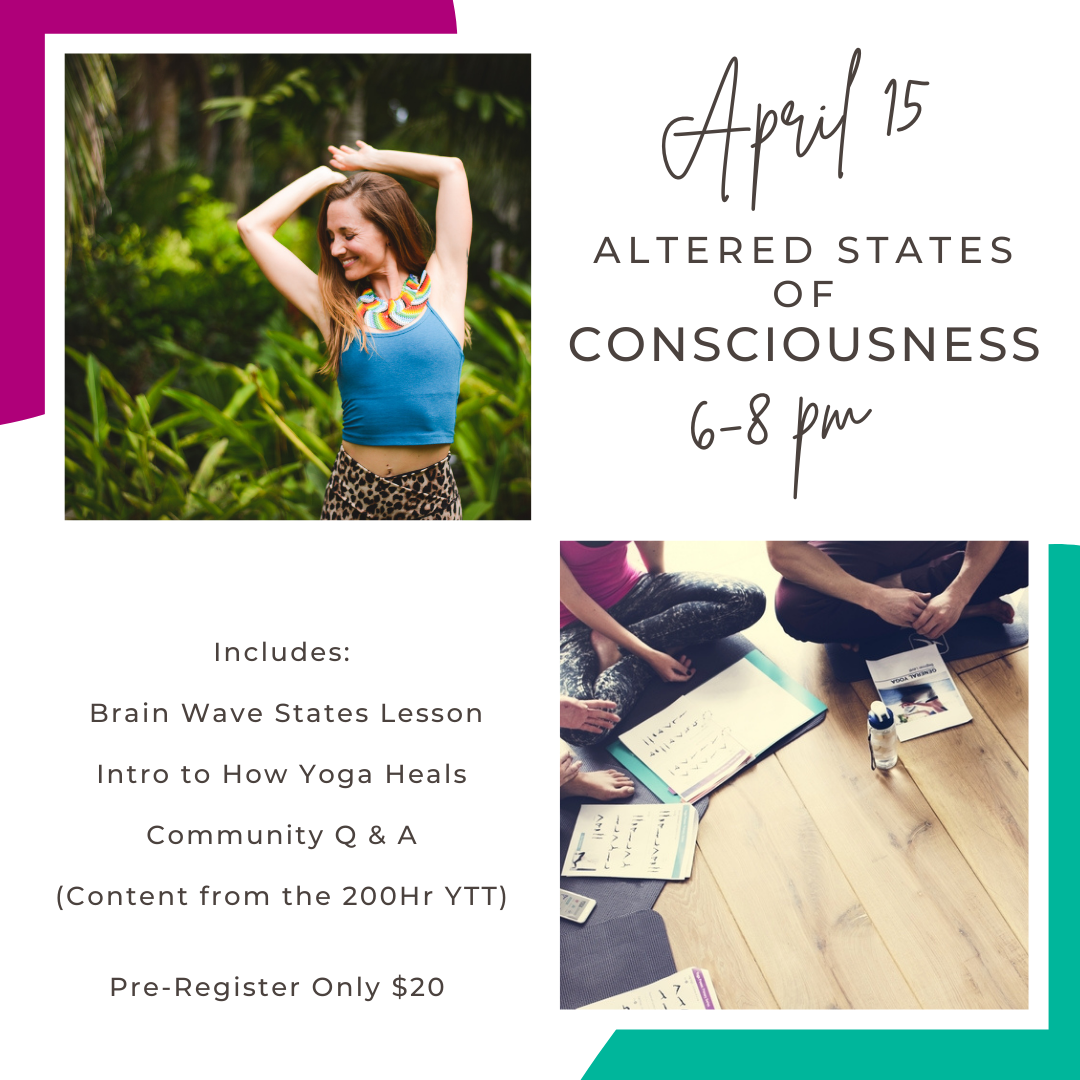 One of the greatest contributions of thoughts depicted in Upanishad is the recognition that there are three states of consciousness in the ordinary life of every human being, viz., wakefulness, dream state and deep sleep states.
One of the greatest contributions of thoughts depicted in Upanishad is the recognition that there are three states of consciousness in the ordinary life of every human being, viz., wakefulness, dream state and deep sleep states.
Western thought right from the times of Socrates and Plato deals only with the waking state of consciousness. It was feud who recognized the influence of the un-conscious as repository of the thoughts, feelings and emotions, which are inaccessible in ordinary waking life, but which persist in the mind and influence the dreams and the abnormal states of behavior, namely, neuroses and psychoses. He also practiced, but gave up, the technique of hypnosis to treat mental disorders.
At about the same time the great American psychologist William James studied the influence of the unconscious as well as the conscious on religious behavior in his monumental work 'Varieties of Religious Experience.' Feud and James made it clear that waking consciousness does not exhaust all the manifestations of mind and behavior.
An important discovery in the field of neurology brought about a big change in the understanding of the nature of consciousness and the process involved in meditation. Berger of Germany discovered that the brain emitted some kind of electrical energy and that this energy was associated with specific states of consciousness. After prolonged research, he was able to demonstrate that there are two distinct brain wave patterns, which he named, 'alpha' and 'beta' waves.
Beta seemed to be associated with concentration as in doing an arithmetic problem. On the other hand, the alpha wave seemed to accompany states of non-concentration or passivity. The instrument known as Electro-Encephalograph was used to study the variations in the brain wave patterns.
The machine consists of a set of electrodes which are attached to the scalp.
There is an amplifier which amplifies these minute waves and there is a device for recording these changes in the brain-wave pattern. Studies in the last two decades have shown that there are four wave patterns: the beta wave with a frequency greater than fourteen cycles per second, which is usually associated with normal waking experience such as reading a book or doing an arithmetical problem; below this is the alpha wave with a frequency from eight to thirteen cycles per second, associated with a pleasant, relaxed and passive state of mind when the eyes are closed; the beta wave with a frequency of four to seven cycles per second, an intriguing pattern, associated with anxiety, frustration etc., when a pleasant situation comes to an end; and finally the delta wave, with a frequency below four cycles per second, occurring almost exclusively during sleep.